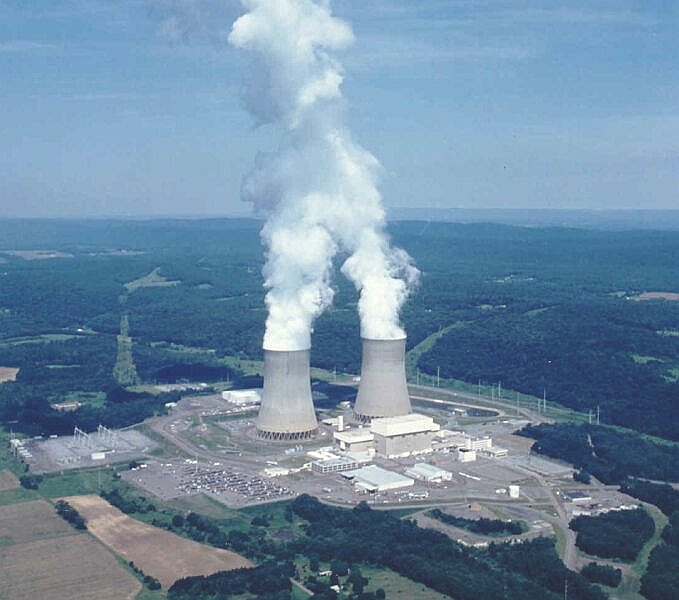I have discussed many different problems that can occur with the design, construction and operation of nuclear reactors in previous posts. I have also mentioned issues involving the staff of a nuclear power plant such as training, competence, integrity and diligence. In this post, I am going to talk about another possible problem with nuclear operators that is monitored by the U. S. Nuclear Regulatory Commission. The owners and operators of nuclear power plants must certify the health of their staff.
All critical staff at a nuclear power plant must have regular physicals and must be free of potentially debilitating illnesses. If someone develops a condition like epilepsy or narcolepsy, they could have a seizure or fall asleep and either miss an alarm or neglect to take corrective action if some system is out of normal bounds or is failing. The stress of an emergency at a nuclear plant could actually trigger certain types of medical events such as an asthma or heart attack. Any such attack could render the operator unable to carry out his duties. The medications for many common health problems contain warnings that the person taking the medication should not operate heavy machinery or drive a vehicle because the medication may cause drowsiness or dizziness. If a nuclear operator develops a condition requiring such medication, they should not continue to work in a critical area where they might have to respond quickly and competently to an emergency.
As in other areas, unfortunately, some operators of nuclear reactors apparently don’t think that they need to bother with rules that may require effort and expense if followed properly. The NRC is currently criticizing the officials at the PPL Susquehanna Steam Electric Station nuclear power plant in Salem Township in Pennsylvania because they did not report that some of their employees in the reactor control room had developed medical conditions that could affect their ability to carry out their duties. These duties include starting up and shutting down the reactor, monitoring all plant parameters, measuring temperatures and pressures, checking for alarms and deciding on appropriate responses to events. One employee had developed asthma/chronic obstructive pulmonary disease, a second has developed coronary artery disease, a third has been showing deteriorating pulmonary function and a fourth has been taking medication for stress-related anxiety. In addition, PPL is also being accused of submitting medical records that are inaccurate and/or incomplete.
The response of PPL was that it did not endanger public safety because the employees work as a group in the control room of the reactor. I would assume that responding to an emergency requires that the control room staff function as a team. The loss of one member of the team might reduce their effectiveness at responding to an emergency as well as distracting other members of the group who would be trying to help the impaired employee. There was no information about whether or not two or of the problem employees were scheduled to work in the control room at the same time. Obviously, PPL was trying to save money because it is expensive to hire and train a control room operators. This is just one more example of a nuclear corporation putting profits ahead of public safety.
Susquehanna steam electric station:

